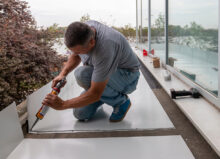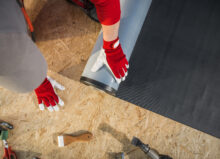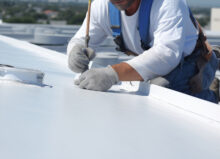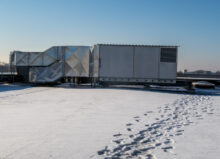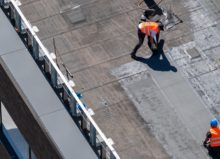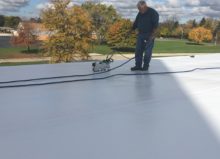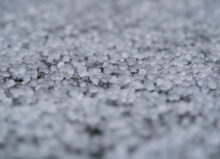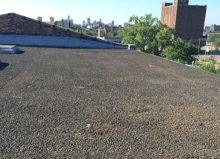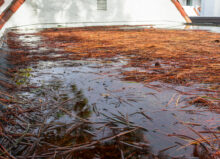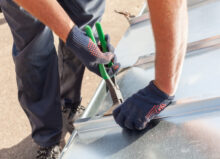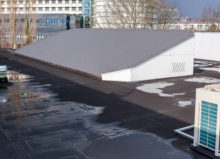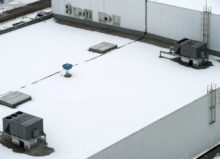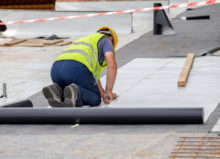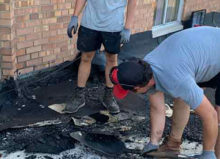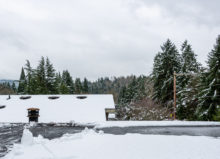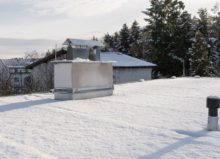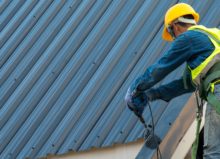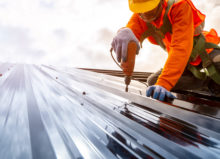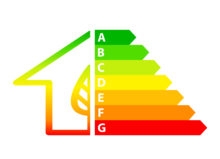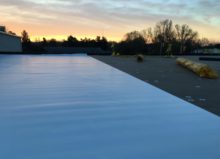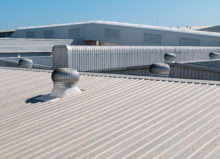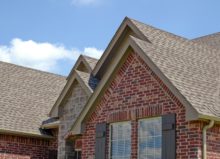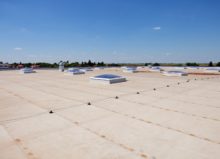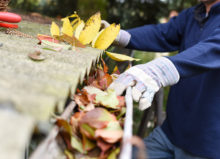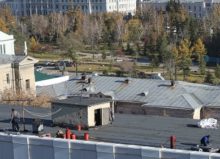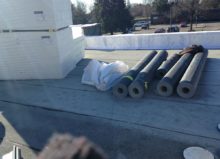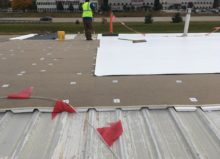The Average Lifespans of Commercial Flat Roof Membranes
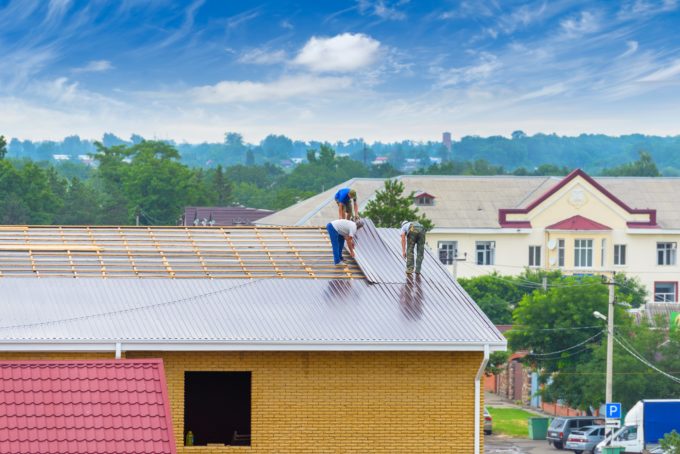
Flat roofs are standard in many businesses and commercial facilities. These types of roofs are cost-effective and often provide significant protection for many years. However, the material used for the roof membrane can have an incredible impact on the expected life of the roofing system.
In this article, we’ll highlight the average lifespan of some of the most popular flat roofing materials: TPO, PVC, and EPDM.
TPO
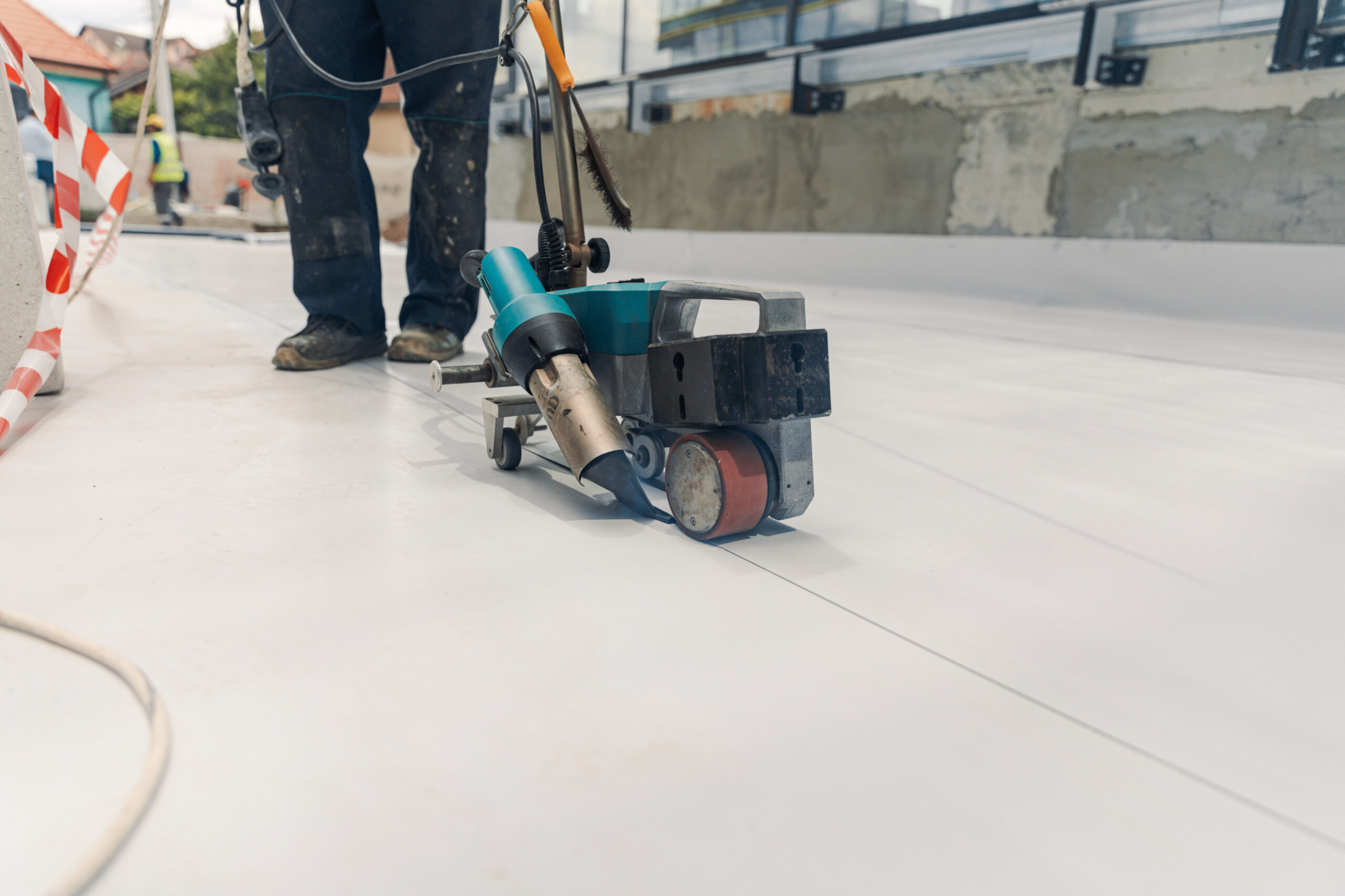
Average Lifespan: 15 to 20 Years
Thermoplastic Polyolefin is likely the most affordable membrane option, and it is also a green choice, meaning it is better for the environment than other options.
It is a single-ply reflective roofing material, and it is typically adhered or mechanically attached. This membrane can be left exposed throughout its life.
In addition to being environmentally friendly, these roofing systems provide good resistance to chemical, ultraviolet, and ozone exposure.
PVC
Average Lifespan: 20+ Years
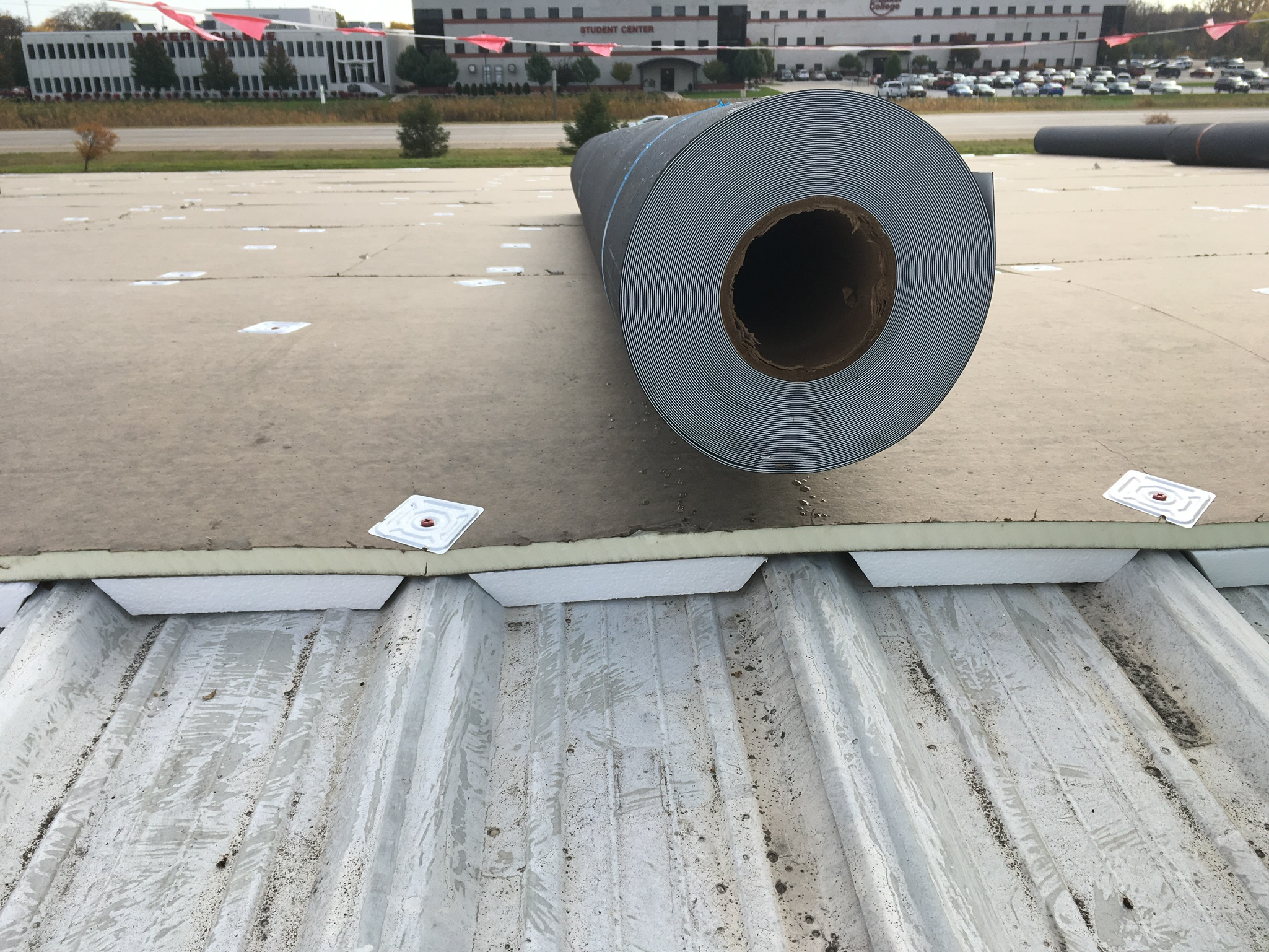
PVC or vinyl is frequently used in flat roofing systems. It is likely the most expensive roofing option, but offers superior energy efficiency ratings.
This type of roof comprises multiple layers of PVC and polyester, making for a durable and flexible UV-stable product.
PVC roofing membranes are known for their ability to handle various climates and natural conditions, making this type of roofing system ideal for environments with fluctuating temperatures and weather patterns. And, the material is fireproof and waterproof.
EPDM
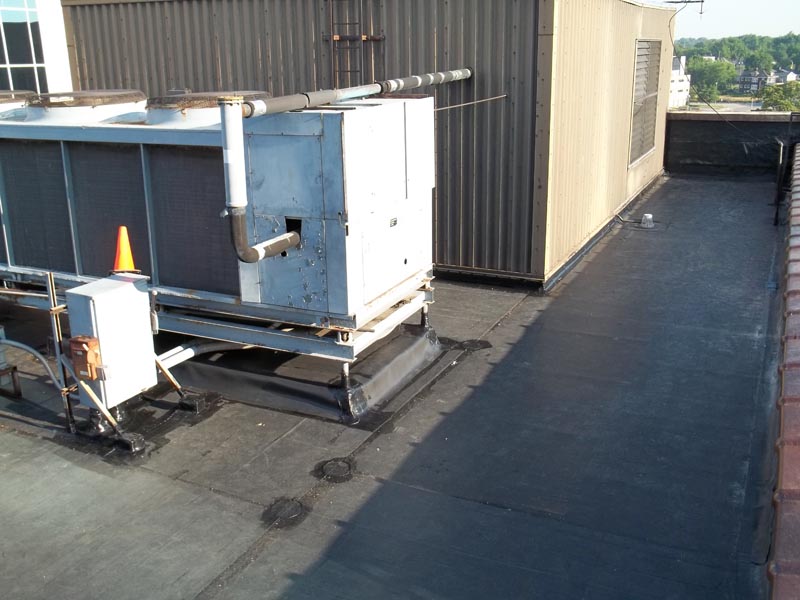
Average Lifespan: 25 to 30 Years
Ethylene propylene diene terpolymer is a synthetic rubber membrane commonly used for commercial roofing installations because of its affordability, easy installation, and longevity.
This type of roofing membrane is incredibly durable and can be adhered, ballasted, or mechanically attached.
Beyond affordability and ease of installation, EPDM roofs are lightweight, flexible, and resistant to leaks and punctures.
Other Factors Contributing to a Roof’s Lifespan
It should go without saying that some roofing materials last longer than others, which underscores the importance of selecting the right roofing type to meet your longevity goals and expectations. However, several other factors can also influence longevity. Here’s a closer look at some of them.
Installation Quality
The quality of your roof’s installation has a direct impact not only on its performance but also on its longevity. That said, in addition to selecting the appropriate roofing material for your property, you’ll want to ensure that it’s being installed by experienced professionals. Ensure the contractor you’re working with is licensed, experienced, and certified by the manufacturer of the installed roofing system.
Building Usage
Foot traffic and equipment installation are two other factors that can impact your roof’s longevity. For instance, people regularly walking on the roof can add stress to the surface while increasing the likelihood of tears, punctures, and other types of damage. If not installed correctly, any mechanical equipment on a roof can have a similar effect.
One way to prevent damage from foot traffic on the roof is to use an upgraded material that’s more durable. You can also add walk pads or walkways to your roof as designated spaces for people to walk on. Rather than reinforce the entire roof, you’ll only have to worry about ensuring these designated paths can stand up to foot traffic.
If you’re installing equipment on your roof, choose equipment suitable for your roof type and work with a qualified contractor to ensure proper installation. We also suggest routinely inspecting areas of the roof around where equipment is installed and addressing any issues as needed.
If you come across any damage, you can contact a roofing company to come out and fix the issue before it worsens. Please read our Do’s and Don’ts of Self-Inspections blog post to learn how to stay safe during self-inspections.
Environment
The environment that your property is in also plays a significant role in roof longevity. Factors like temperature swings, UV exposure, humidity, air pollution, and more can all affect your roof. Temperature swings, for example, can lead to increased stress and wear on your roofing materials, while excessive sunlight can damage the materials. Always select materials that are best suited to stand up to the conditions that your property is regularly subjected to.
Maintenance
We also suggest scheduling professional inspections on your roof at least twice a year in the spring and fall. We also recommend scheduling an inspection after a significant storm. An inspection schedule can help identify and resolve problems before they become substantial and expensive.
Beyond inspections, you also need to clean your roof at least once a year, primarily to remove any debris that might have fallen on your roof during the fall or after a storm. You should also ensure snow is removed in a timely manner—if snow is allowed to pile up on your roof, it can cause structural damage.
Ensure a Longer Lifespan With Summit Commercial Roofing
Remember that proper installation is the first step to ensuring a longer roofing lifespan. If you are in the market for a new commercial roof, work with a professional like Summit Commercial Roofing. Since our founding over 50 years ago, we’ve specialized in replacing and installing EPDM, PVC, and metal commercial flat roofing systems.
Contact us today to get started with an estimate!

